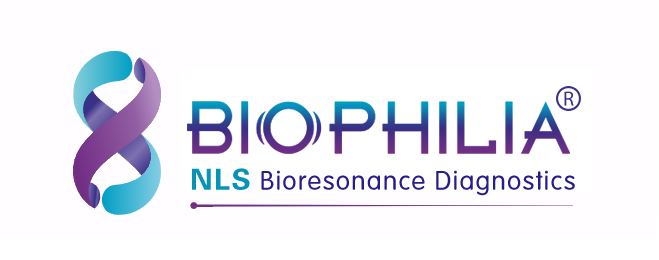Benefits of Biophilia Intruder's New 3D NLS Method in BC Diagnosis
- Russell
- May 05, 2023
- 1186
- 0
- 0
In the case of breast cancer (BC), the skeletal system is the most common location for distant metastases. Between 30-80% of breast cancer patients develop bone metastases during the course of the disease. The bones are first affected in 26-50% of patients with disseminated disease. According to available data, the most affected parts are: the spine and pelvis. At the same time, the risk of metastatic skeletal lesions is high in the case of prevalent stages of the disease; the risk does not exceed 2.6% in the case of disease stages I-II. This is why routine skeletal screening examinations to detect metastases in patients with early disease without clinical signs of bone infection are considered inappropriate. Bone scans are often used as a screening method in patients with common diseases, or to confirm skeletal effects based on clinical data. However, bone scan results are often inconclusive due to the method's low specificity; this method is also not good at detecting lytic metastases. Radiological research methods, including traditional radiography and computed tomography, were used to specify the received data. Computed tomography is chosen more frequently as long as conventional radiography is insensitive and foci of destruction are detected only in the context of substantial loss of bone mass. Computed tomography allows separate visualization of cortical and trabecular bone and surrounding soft tissue, although it also cannot provide early diagnosis of bone marrow metastatic lesions.
The advantage of the new 3D NLS method of Biophilia Intruder is: the direct visualization of the bone marrow and the possibility to visualize its tumor infiltration before any skeletal changes appear. Other considerable advantages of the 3D NLS method are: usability, usability, and fast inspection. The latest technological achievements in this field have led to the creation of special modes for 3D visualization (4D organization, depth vision, fast vision) that provide excellent image quality.
The use of the unique ultramicroscanning technique (existing only in the NLS method) with spectral entropy analysis allows to determine the morphological association of the stratum based on its spectral similarity to the model process, assess metastatic lesions in the bone, surrounding soft tissues and lymph nodes, determine The presence and type of genetic aberrations in tumor subclones will ultimately determine the extent of surgical treatment.
Biophilia Intruder's huge database and powerful functions have improved various medical technologies.

